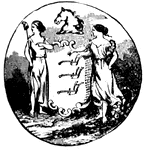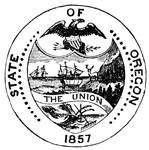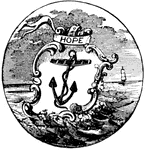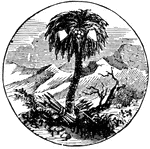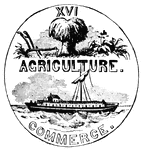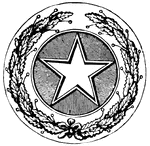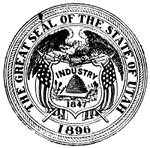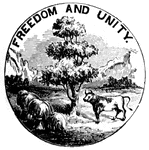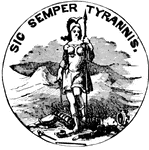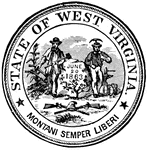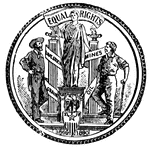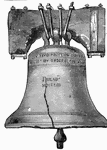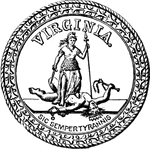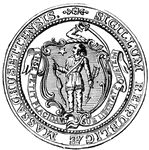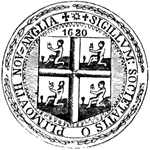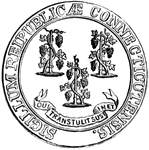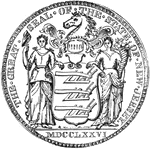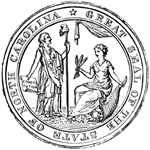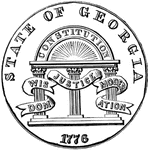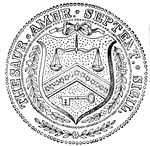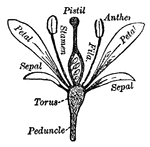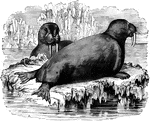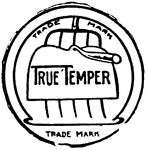
Pennsylvania Seal
Seal of the commonwealth of Pennsylvania, 1904. Motto: Virtue, Liberty, Independence.

Seal
The seal is an aquatic mammal, whose limbs are formed into flippers. The tail tapers at the end of the…

Solomon's Seal Root
In some perennial herbs, prostrate stems or branches underground are thickened with this store of nourishment…

Kearsarge Sinking the Alabama
The sinking of the Alabama by the Union Kearsarge. Some Confederates aboard the Alabama escaped to England…
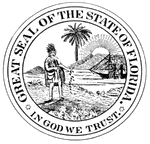
Florida Seal
The former Great Seal of Florida, featuring an indian, palm tree, the sun, and some uncharacteristic…
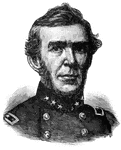
General Bragg
Portrait of General Bragg. General Bragg was in command at Pensacola, with a force of 7,000 men from…
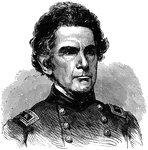
General Ormsby MacKnight Mitchel
"General Mitchel, born at Morganfield, Union County, Ky., August 28th, 1809, died at Hilton Head, S.…

Battle of White Oak Swamp Bridge
"Battle of White Oak Swamp Bridge, Monday June 30th, 1862- Ayres's, Mott's and Randall's batteries checking…

Steamer Alabama
"The Confederate privateer steamer Alabama (290). Captain Raphael Semmes. Our illustration…

Common Seal
"The ground-color of the hair or skin, when this animal is alive and dry, is pale whitish-gray, with…
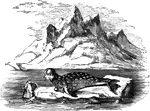
Hooded Seal
"Also called the Crested Seal, remarkable for possessing, about two inches from te extremity of the…

Sea Bear
"It is the size of a large bear; girth at the sholder, five feet, near the tail, twenty inches; fur…

The Pirate's Decoy
"'The Pirate's Decoy' Captain Semmes, of the Confederate privateer Alabama, decoying ships…
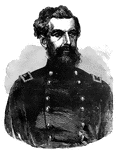
General Oliver O. Howard
"General Howard, born in Leeds, Me., November 8th, 1830, was graduated at Bowdin in 1850, and at the…

Rear Admiral John A. Winslow
"Rear Admiral Winslow, born in Wilmington, N. C., November 19th, 1811, died in Boston, Mass., September…

Northern Armies
"The enthusiasm of the Northern armies- re-enlistment of the Seventeenth Army Corps. Financial tests…

War in Georgia
"The war in Georgia- Stevenson, Ala., depot for General Rosecrans's Army. The campaign of General Rosecrans…
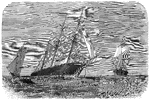
Victory off Cherbourg
"The naval victory off Cherbourg, France, June 19th, 1864- the pirate Alabama Captain Semmes,…
